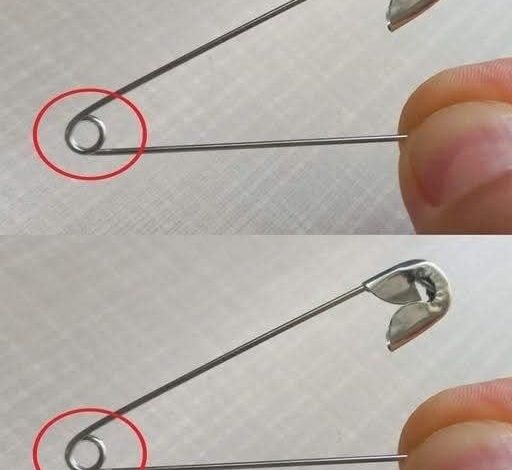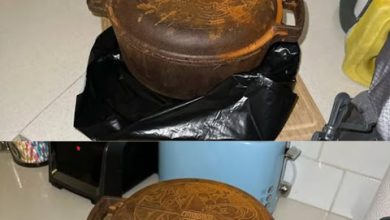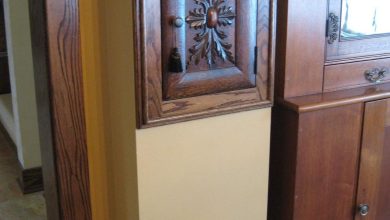Many people don’t know this ancient sewing secret.

Let’s delve deeper into some time-honored sewing techniques, often referred to as “ancient sewing secrets,” that can significantly improve your sewing projects. These methods, passed down through generations, offer practical solutions for common sewing challenges and contribute to a more enjoyable and successful sewing experience.
1. The Magic of Waxed Thread:
The saying goes, “Use wax to strengthen the thread.” This isn’t just an old wives’ tale; it’s a genuinely helpful technique. Running your thread across a block of beeswax before you start sewing can make a world of difference. Why?
- Tangle-Free Sewing: Beeswax coats the thread, reducing friction. Less friction means fewer tangles, which translates to a much smoother and less frustrating sewing process. Imagine trying to sew a delicate fabric and constantly battling knotted thread – waxing your thread can alleviate this issue.
- Stronger, More Durable Seams: The wax adds strength to the thread, making it less likely to break or fray. This is especially important for projects that will experience a lot of wear and tear, like bags, upholstery, or even children’s clothing. Think about the stress placed on the seams of a well-loved backpack – waxed thread can help those seams last longer.
- Effortless Needle Glide: Waxed thread slips through fabric more easily. This can lead to neater, more even stitches and a more professional finish. Consider the difference between a needle struggling to penetrate thick fabric and one gliding smoothly – the waxed thread makes a visible difference.
A Practical Tip: Thinking about making your jeans fit better? The principle of strengthening seams applies here too. When altering denim, using waxed thread can help preserve the strength of the original seams, even after adjustments. This will make your altered jeans last longer.
2. Nature’s Fabric Marker: Dry Soap:
“Mark fabrics with dry soap.” Ever run out of fabric markers in the middle of a project? Don’t panic! A bar of dry soap can be a surprisingly useful substitute.
- Easy to Use and Remove: Simply rub the edge of the soap on your fabric to create clear markings. When you’re finished, a damp cloth will easily remove the soap, leaving no trace behind. This is a great advantage over some fabric markers that can be difficult to wash out.
- Versatile Marking Tool: Dry soap works well for tracing patterns, marking seam allowances, or even drawing freehand designs on fabric. It’s a handy, readily available tool for a variety of sewing tasks.
3. The Importance of Reinforced Seams:
“Reinforce seams with backstitching.” This is a fundamental technique for ensuring the longevity of your sewn creations.
- No More Raveling: Backstitching at the beginning and end of a seam creates a secure anchor, preventing the stitches from unraveling. Imagine the frustration of a garment falling apart at the seams after just a few washes – backstitching prevents this.
- Long-Lasting Garments: Reinforced seams add to the overall durability of your projects, meaning you can enjoy them for much longer. Think about the stress placed on the seams of a frequently worn jacket – backstitching makes those seams stronger and more resilient.
4. The Art of Diagonal Pinning:
“Use diagonal pins.” The way you pin your fabric can have a big impact on the final result.
- Fabric Stays Put: Diagonal pinning, placing pins at an angle across the seam line, holds the fabric layers together more securely than pinning straight across. This is especially helpful when working with slippery fabrics that tend to shift during sewing.
- Smooth Sewing: Diagonal pins allow the fabric to feed through the sewing machine more smoothly. This reduces the need to stop and adjust the fabric constantly, leading to a more efficient and even sewing process.
By incorporating these “ancient sewing secrets,” you’ll not only enhance your sewing skills but also create projects that are both beautiful and built to last. These techniques, though simple, can make a significant difference in the quality and durability of your finished work.




